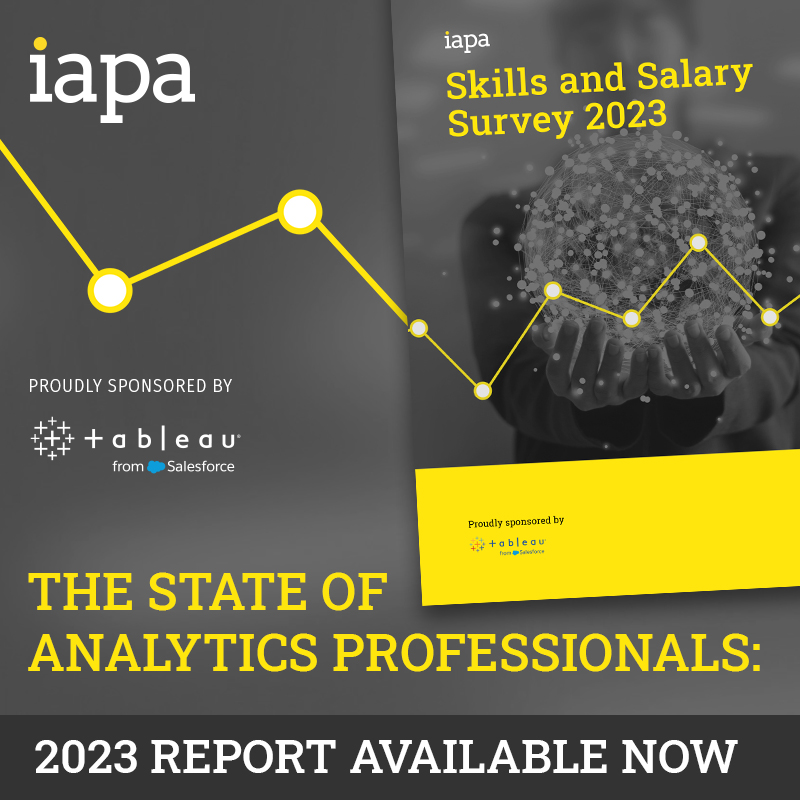Adjustments to upskilling, education and AI policy will help the Australian technology sector deliver a future of better paying jobs.
ACS, the professional association for Australia’s technology sector, has released its 2019 Federal Election Manifesto, 17 #gamechangers to ensure Australians attract higher paying jobs, which details the key areas Australia must address to ensure Australians attract higher paying jobs.
Topping the list is the need to establish a $100m Industry 4.0 skills fund, to be isolated for the existing workforce.
“In order for Australians to attract the higher paying jobs of the future, we are calling for the establishment of a $100m Industry 4.0 skills fund that makes accessible micro-credentials in emerging technology areas such as data science, data analysis, machine learning, artificial intelligence, software engineering for blockchain, IoT and edge computing,” said ACS President Yohan Ramasundara.
Sourcing talent from overseas is also included among the recommendations, with a ‘Computer Science Centre of Excellence Visa’ that would allocate 2,000 fast-tracked visas for computer science graduates from the top 25 globally ranked computer science universities.

This would be delivered alongside a new tech entrepreneur stream of the New Enterprise Incentive Scheme.
Alongside developing skills of the existing workforce, more can be done to bring talent into the workforce.
“Australia has the second highest computer availability in schools across the world, yet nearly 50% of our students are ICT illiterate,” said Ramasundara.
“Education reform remains a key national priority.”
The manifesto sets the challenge of Australia becoming “the world’s most educated STEAM workforce by 2035” and recommends that mathematics is mandated to Year 12 nationally.
It also suggests that a minimum Australian Tertiary Admissions Ranks (ATAR) score of 65 be introduced for all teaching degrees, to lift the overall performance of teachers.
ACS has also implored the Australian government to look closer at artificial intelligence (AI) as a transformational power across industries.
Ramasundara pointed to initiatives in place overseas as a possible framework to help AI become a national priority here in Australia.
“The UK’s Artificial Intelligence Sector Deal commits £0.95bn and includes funding 8,000 specialist computer science teachers and 1,000 PhDs in Artificial Intelligence by 2025,” he said.
“Are we doing enough to ensure Australia isn’t left behind?”
Australia’s best bet is investing in “the D side of R&D,” states the manifesto. This can take form in the shape of increased funding into AI researchers.
It also calls on the government to fund 1,000 AI PhDs – including tuition and living costs – to bolster the existing talent pipeline in this space.
There is also the potential to provide Australian investors with a greater share of the capital generated by early stage tech companies, explained Ramasundara.
“We are calling for the incoming government to facilitate a voluntary accord with superannuation funds where accord signatories commit to allocating up to 0.5% of their funds under management to high growth tech startups as a higher risk asset class,” he said.
The manifesto also suggests Australian citizens be given the opportunity to allocate up to 2% above their employer compulsory superannuation guarantee into an early stage tech investment initiative.
The full 2019 Federal Election Manifesto can be found here.
The 2019 Australian federal election will take place on Saturday 18 May.










